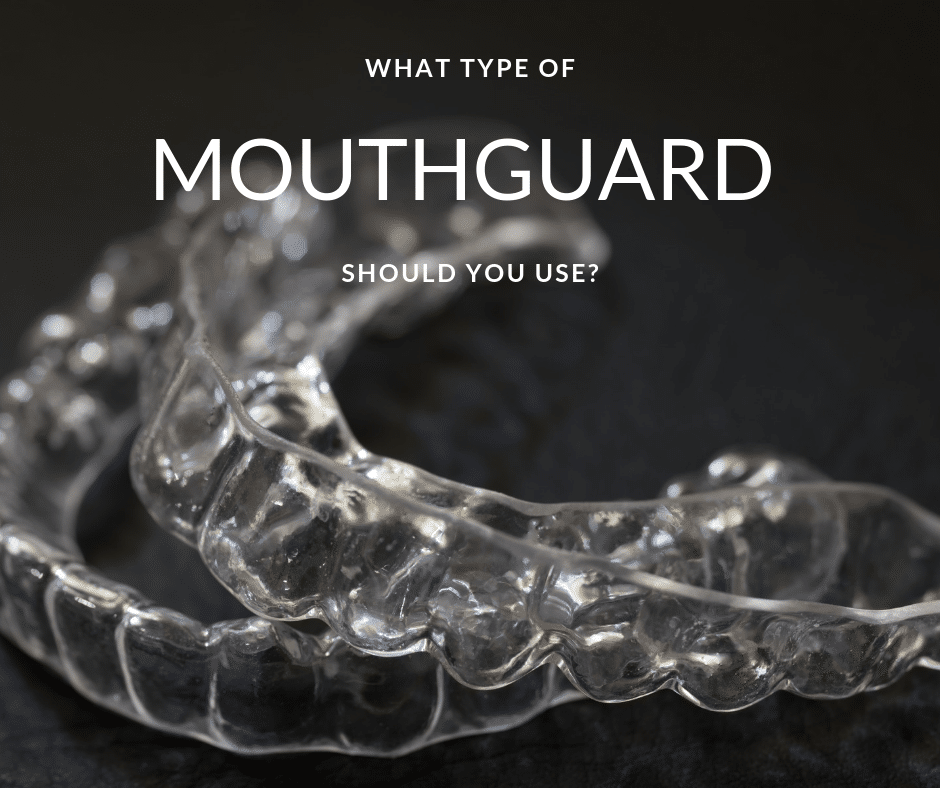When trying to figure out what kind of mouthguard you should use, you have to first know what kinds there are. This is important because mouthguards are used for different things and if you use one that isn’t made for the purpose you need, it’s not going to work the way it needs to. Remember, regardless of which mouthguard you think you need, make sure you consult with a dentist, such as Karl Jobst DDS Grove OK.
Stock
The first type of mouthguards available are stock mouthguards. These types of mouthguards are ones that are already made in a factory, then shipped to the stores. They usually come in a few different sizes, like small, medium and large. With that being the case, they don’t fit as well as other ones. You pretty much just have to pop one in your mouth and see which one fits the best. There’s always the possibility that that you can try and do some alterations at home, but that has the possibility of the mouthguard not working at all. These can usually be found at most sporting goods stores, mass merchandisers and some online retailers.
Boil and Bite
The next type are called boil and bite mouthguards. The way these work is by boiling the mouthguard, then having the person who will be wearing it bite down while it’s still warm. Once they bite down, it can be fixed to the shape of their mouth by using fingers or tongue pressure. This makes it so it conforms to your mouth and has a snug fit. These are made of thermoplastic and they will harden once they cool off. There are 2 things to keep in mind. The first is that you need to work quickly when shaping because the temperature can come down pretty quickly. The other thing is that the mouthguard can be popped back into hot water if it ends up needing reshaped. These can be found at most of the same places as the stock mouthguards.
Custom Fitted
Another option for mouthguards are ones that are custom fitted. These are ones that are fitted by a dental professional. These are ones that fit the best and are shaped exactly to your mouth. The entire process is quite similar to the process that happens when someone is getting dentures. The dentist will get an impression of your mouth and teeth, then send the impression to a lab. Once there, the lab techs will use certain materials to make a mouth guard from the impression. The new mouthguard will then be sent back to the dentist and they’ll call you in for an appointment. They’ll try the mouthguard to see how it fits and they’ll either send it with you or redo the process if the mouthguard doesn’t fit correctly.
Night Guards
The final type of mouthguards are called night guards. These are usually used for people who grind or clench their teeth while sleeping. There are quite a few different types out there and you can buy them from the store or get them custom fitted. The best thing to do is talk with your dentist to see which option will work the best for you and the anatomy of your teeth and mouth.
Now that you have an idea about which mouthguard will meet your needs the best, you can talk with your dentist to see what they think. While you can buy one on your own, you always want to consult a dentist because you never know if there’s something going on with your mouth that requires you to not use a mouthguard.
